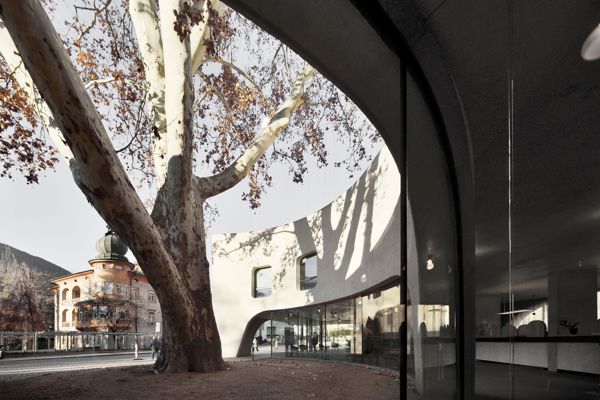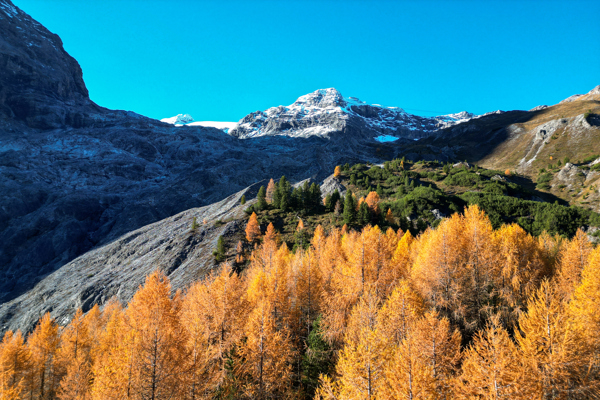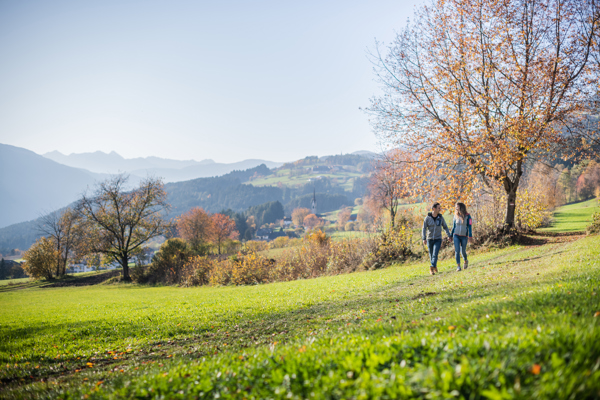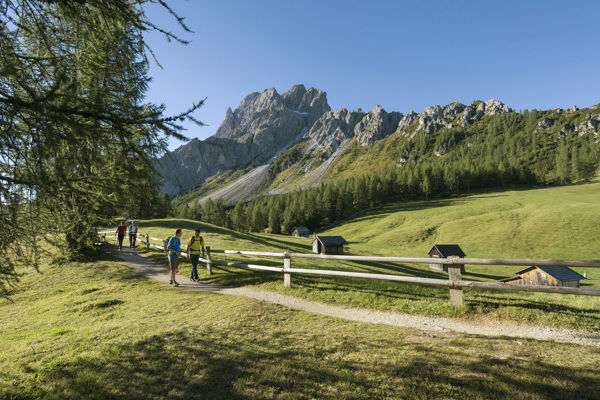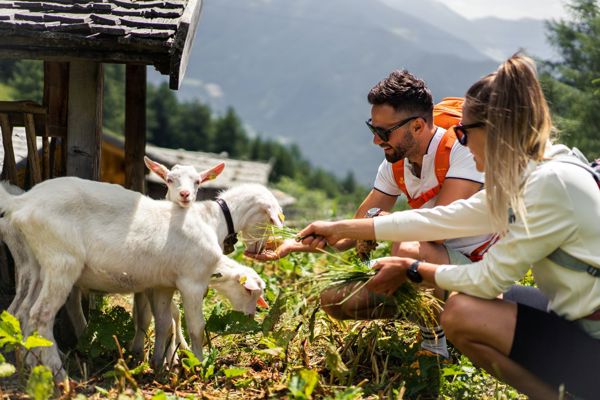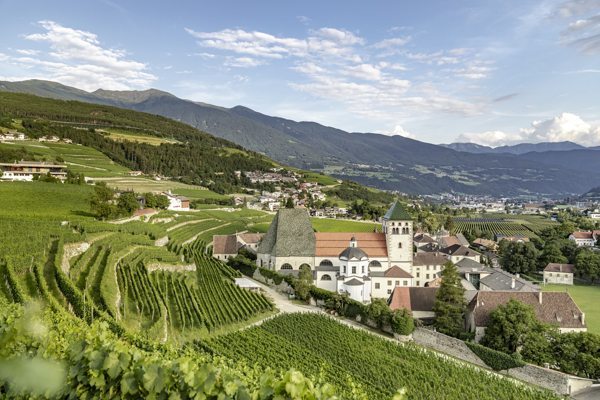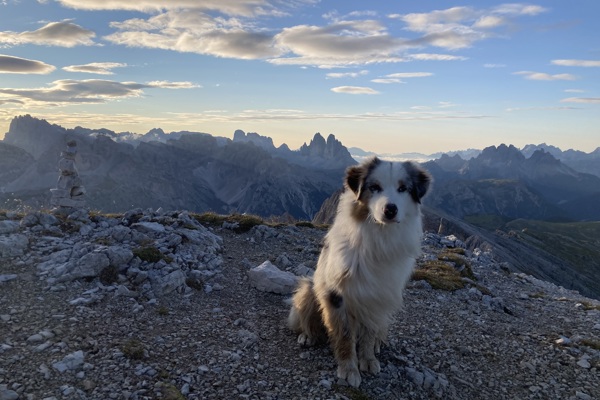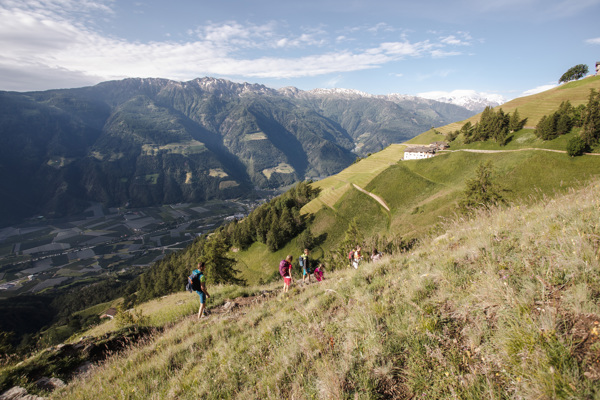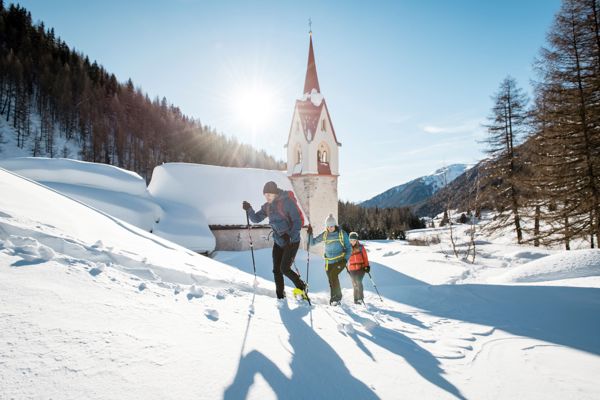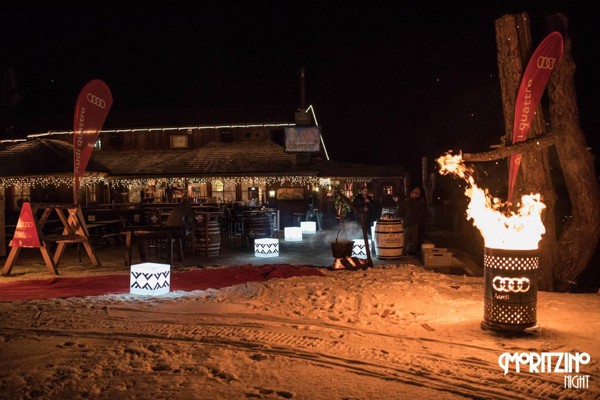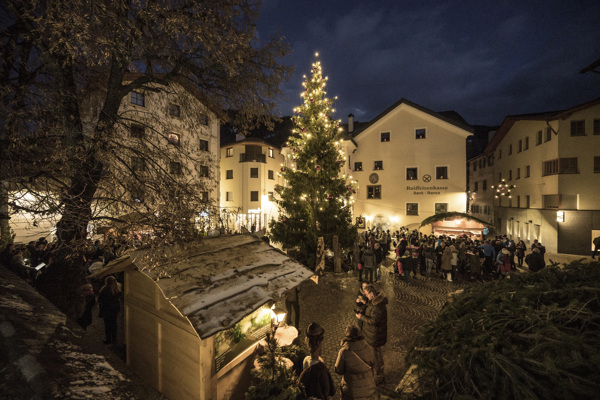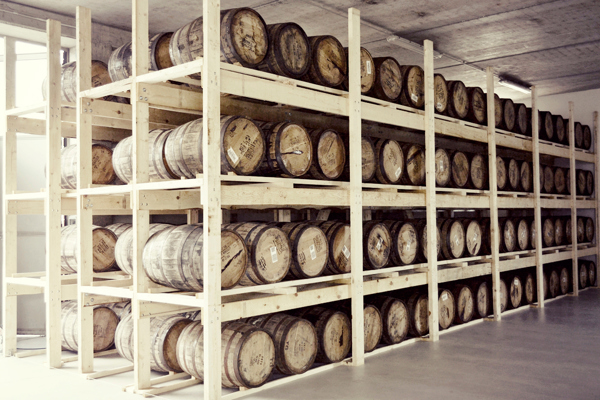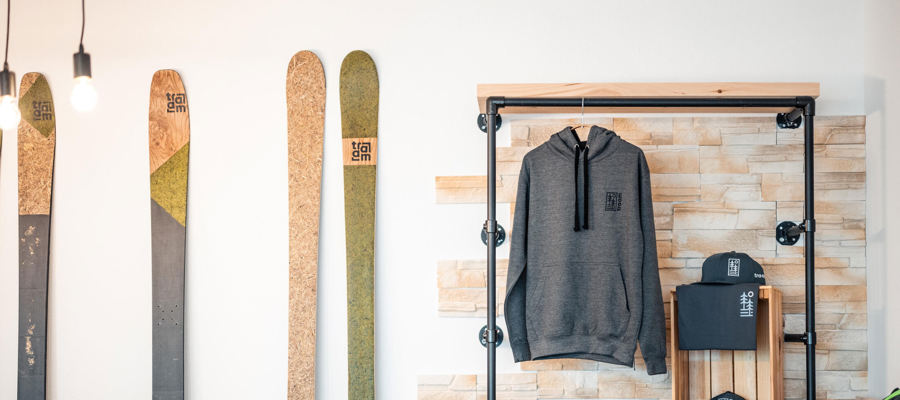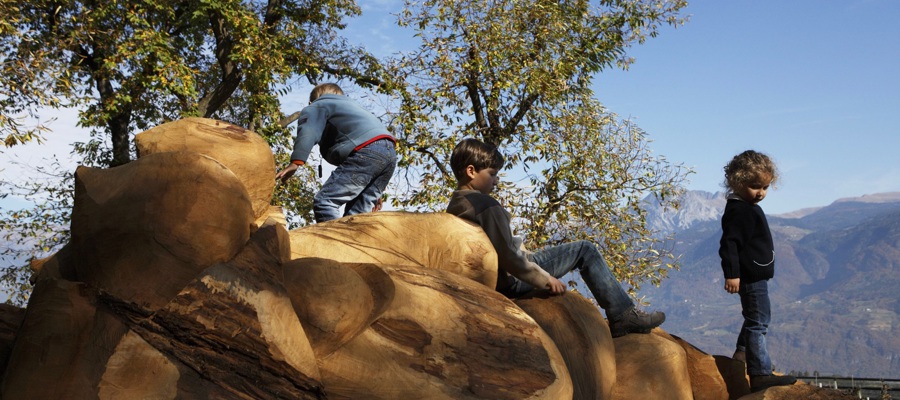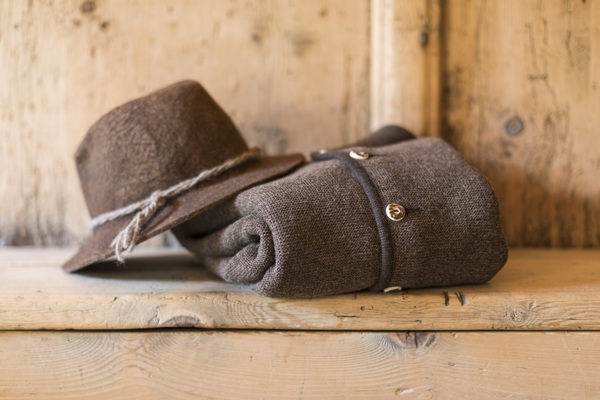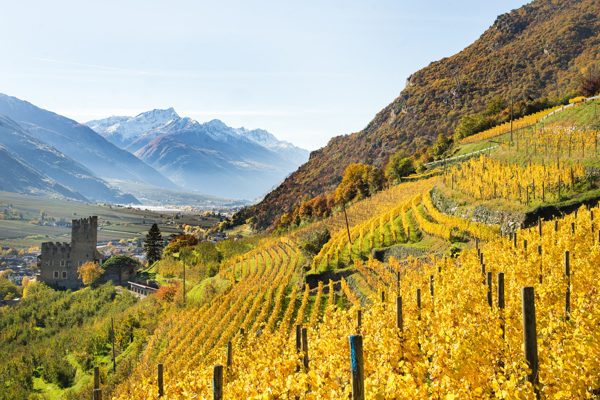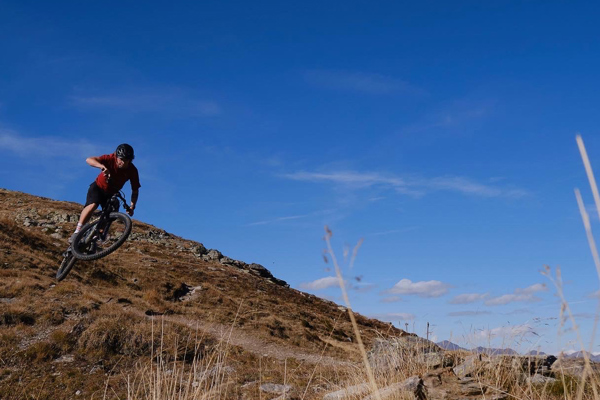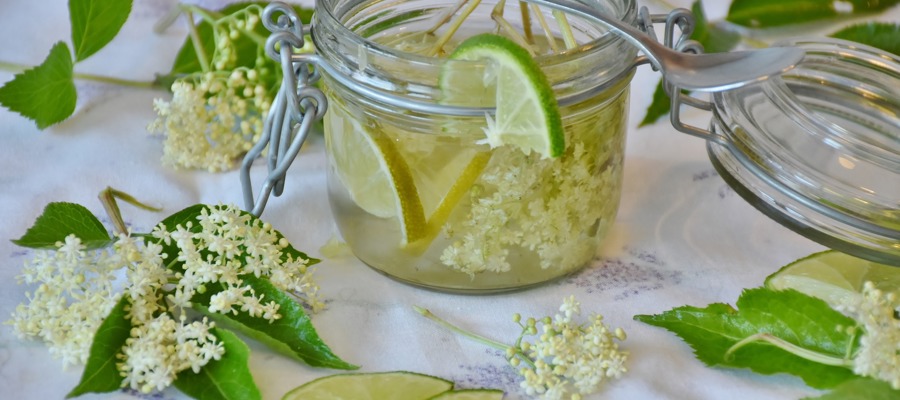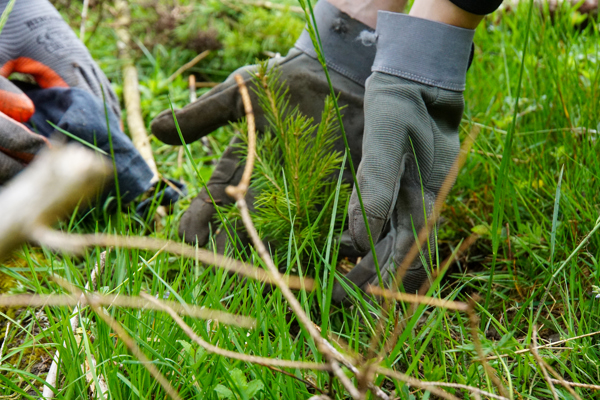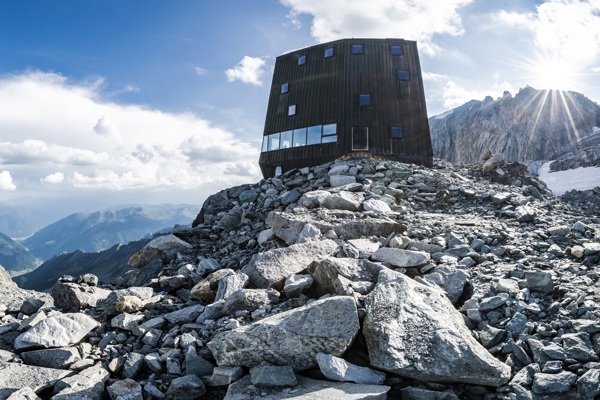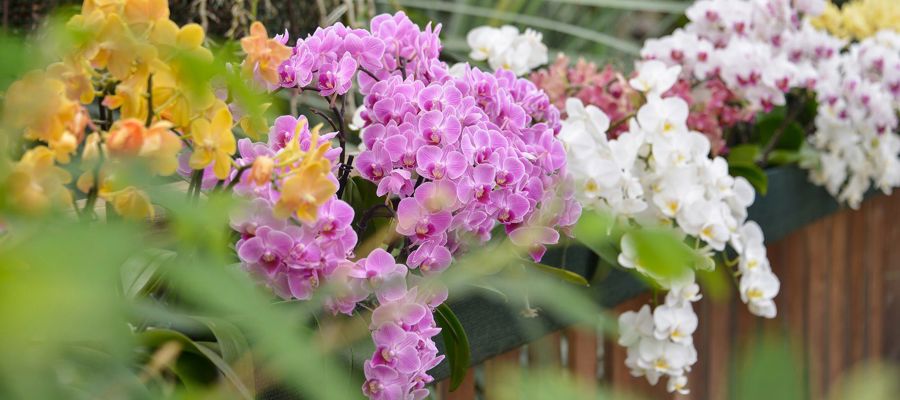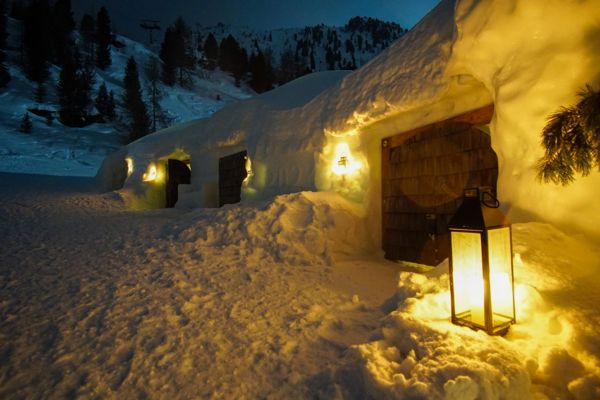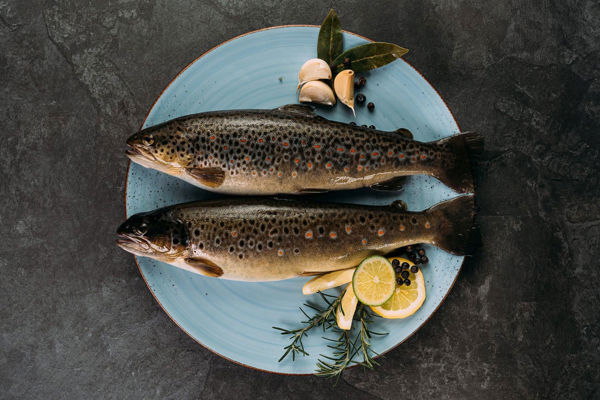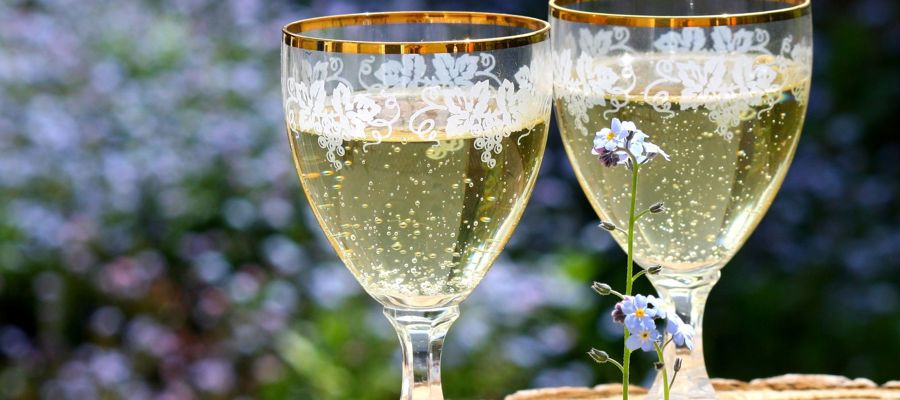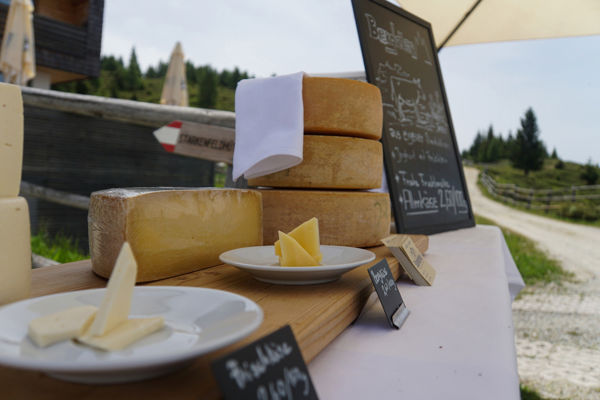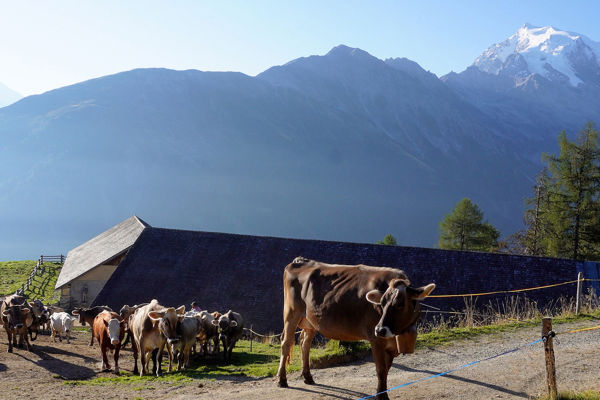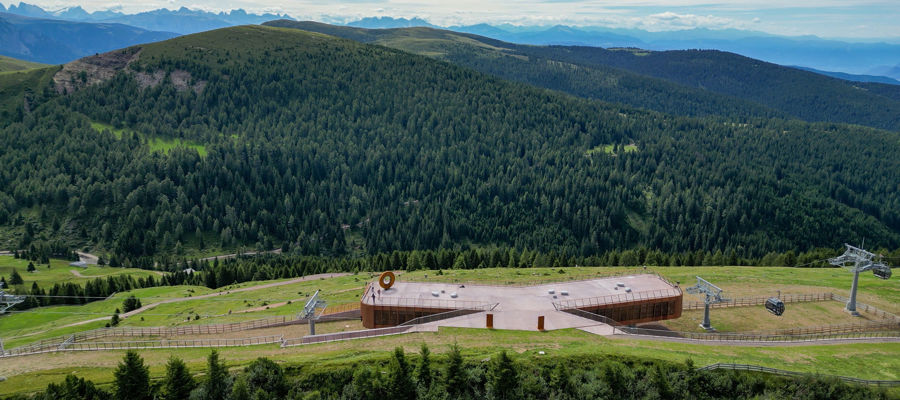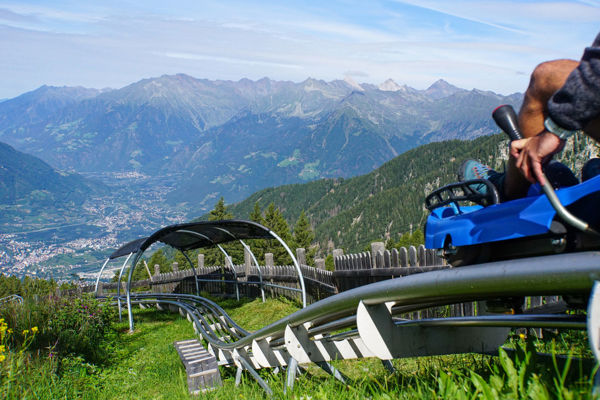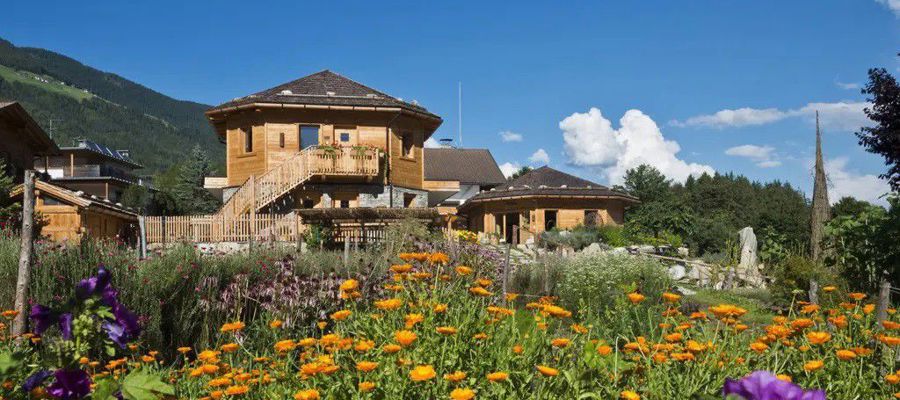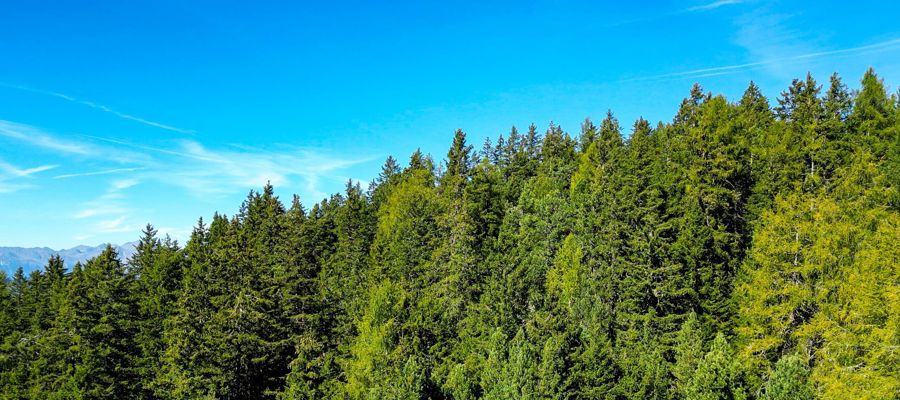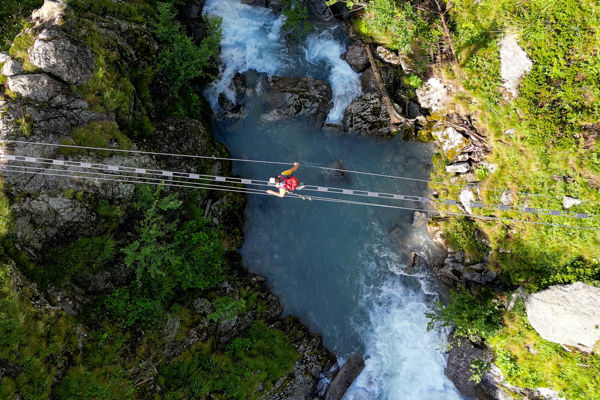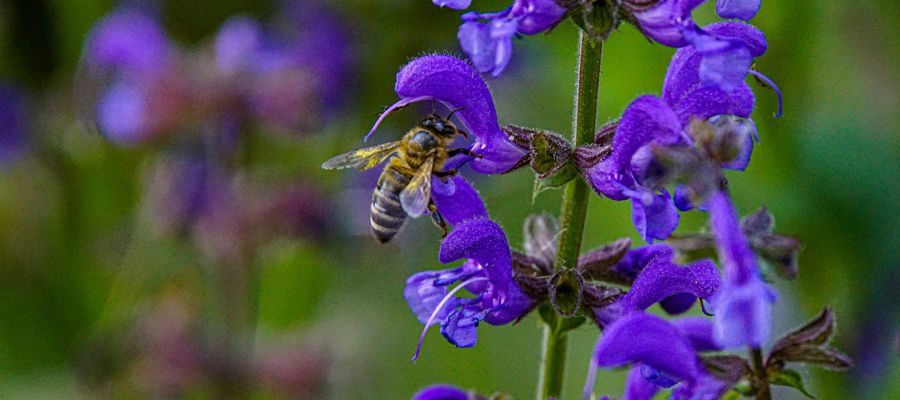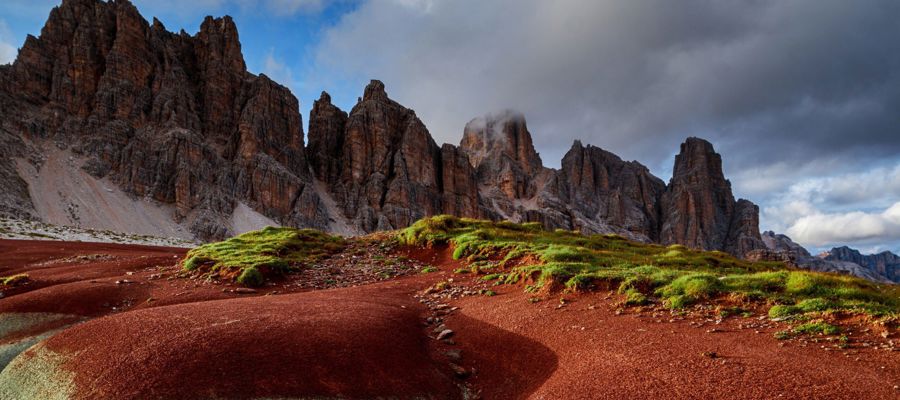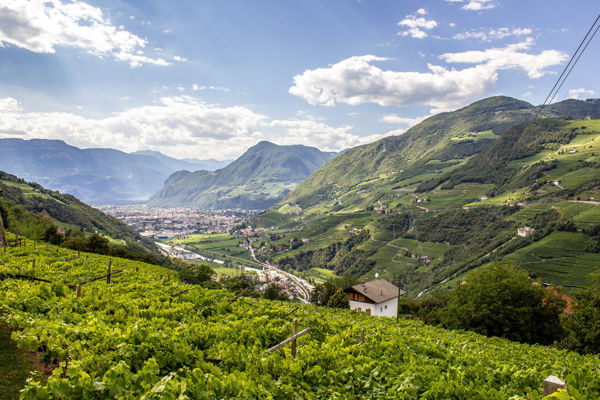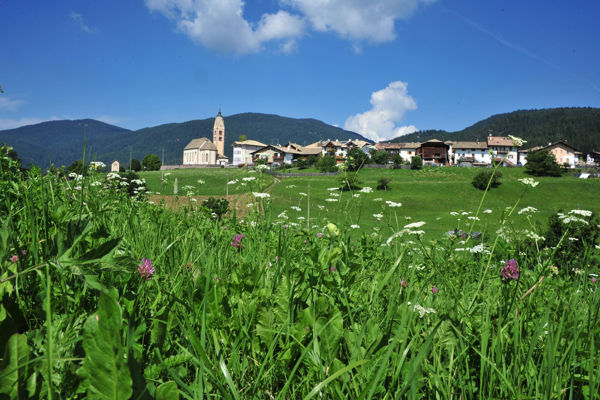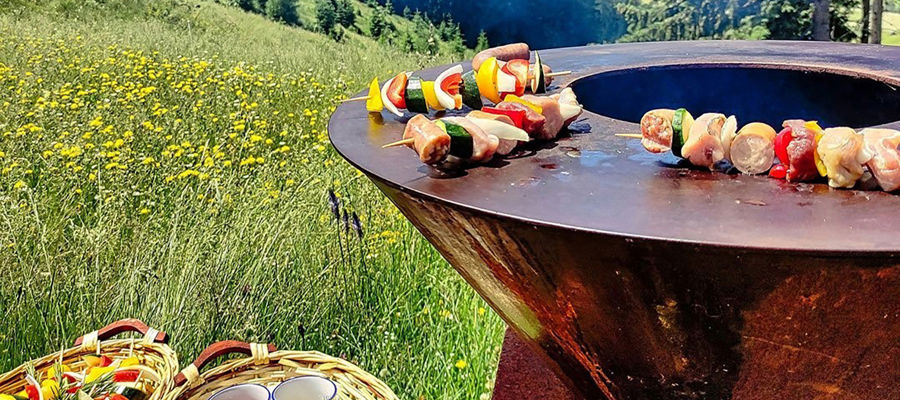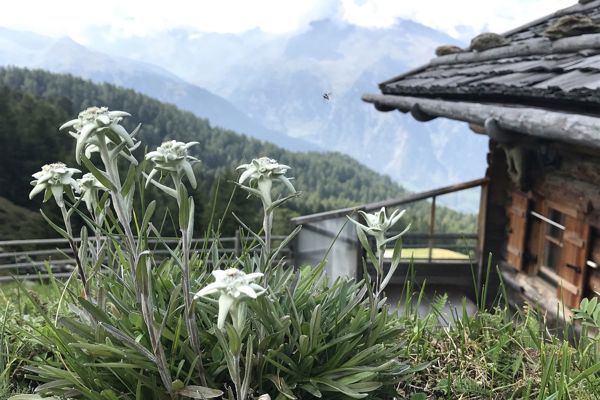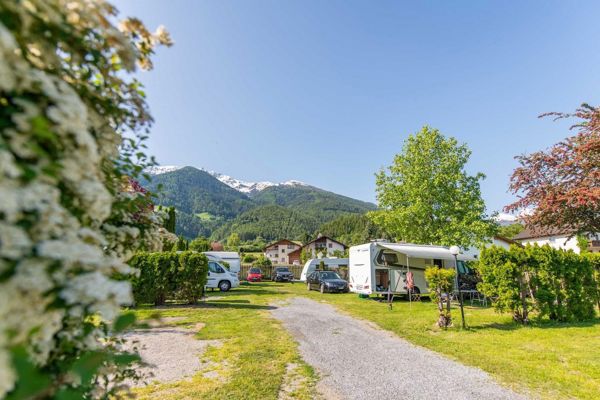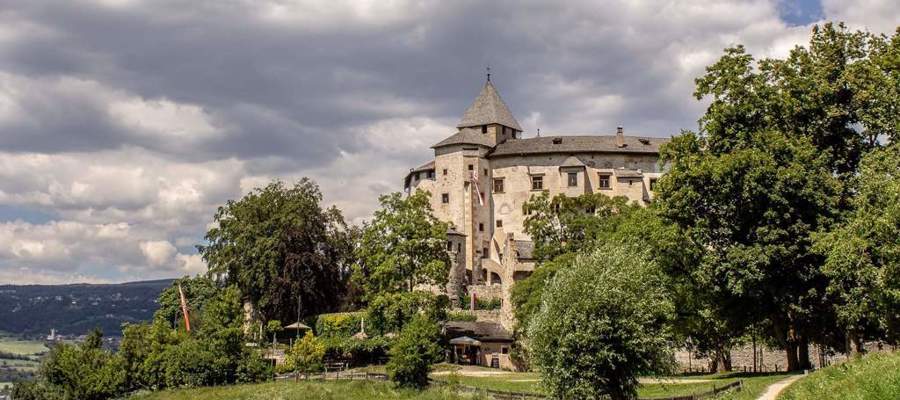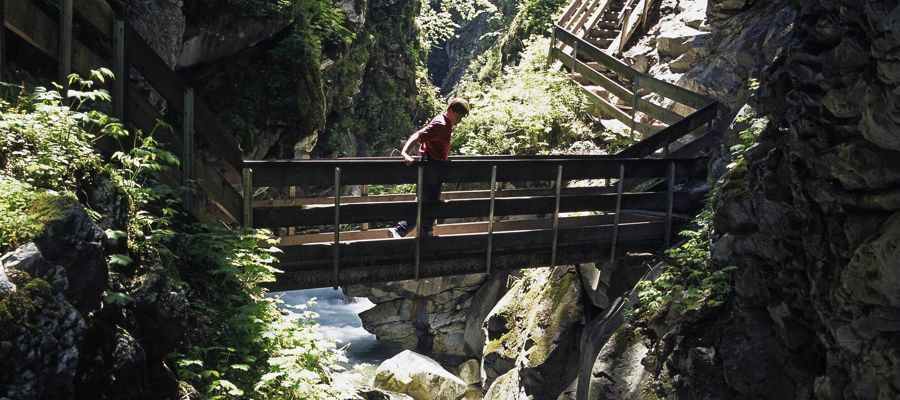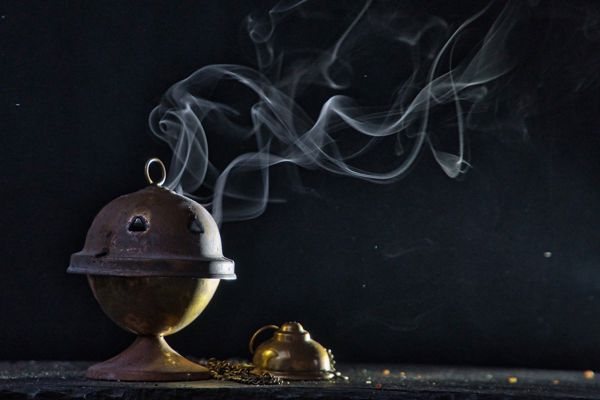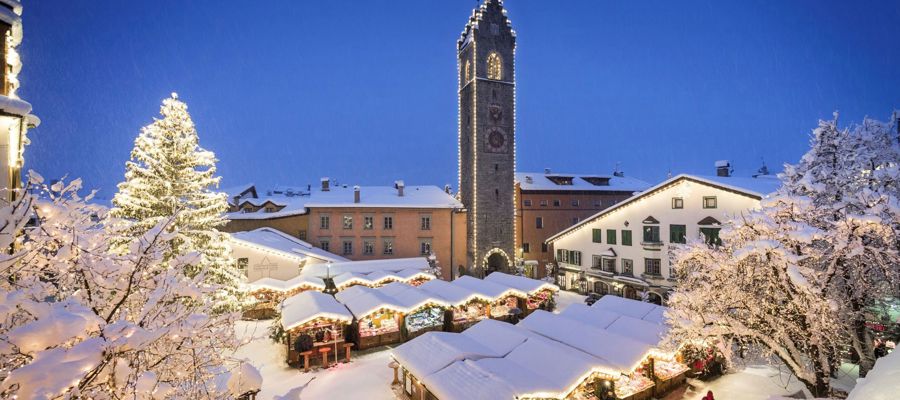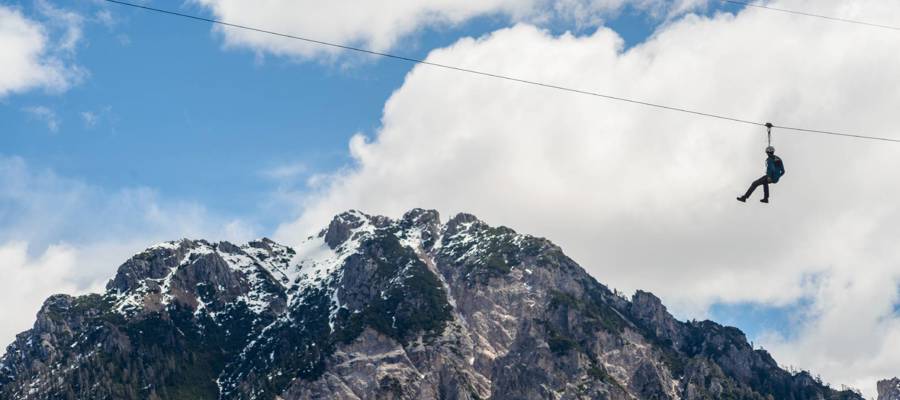Protected beauties – wild orchids in South Tyrol
Gentian and edelweiss are the flowers that probably come to mind first when you think of mountain peaks and alpine meadows in South Tyrol. But we'll tell you about gentian, with its many different species that don't always bloom in blue, and edelweiss, whose original home is far away from the Alps, another time.
Today we introduce you to 3 orchids: One impresses with its unusual shape and two with its seductive fragrance. Like all other orchid species native to South Tyrol and like other endangered plants, all three are strictly protected by provincial law and may not be picked or collected outside nature parks as well. However, the beauty of the 3 graces is best appreciated in their natural environment anyway.
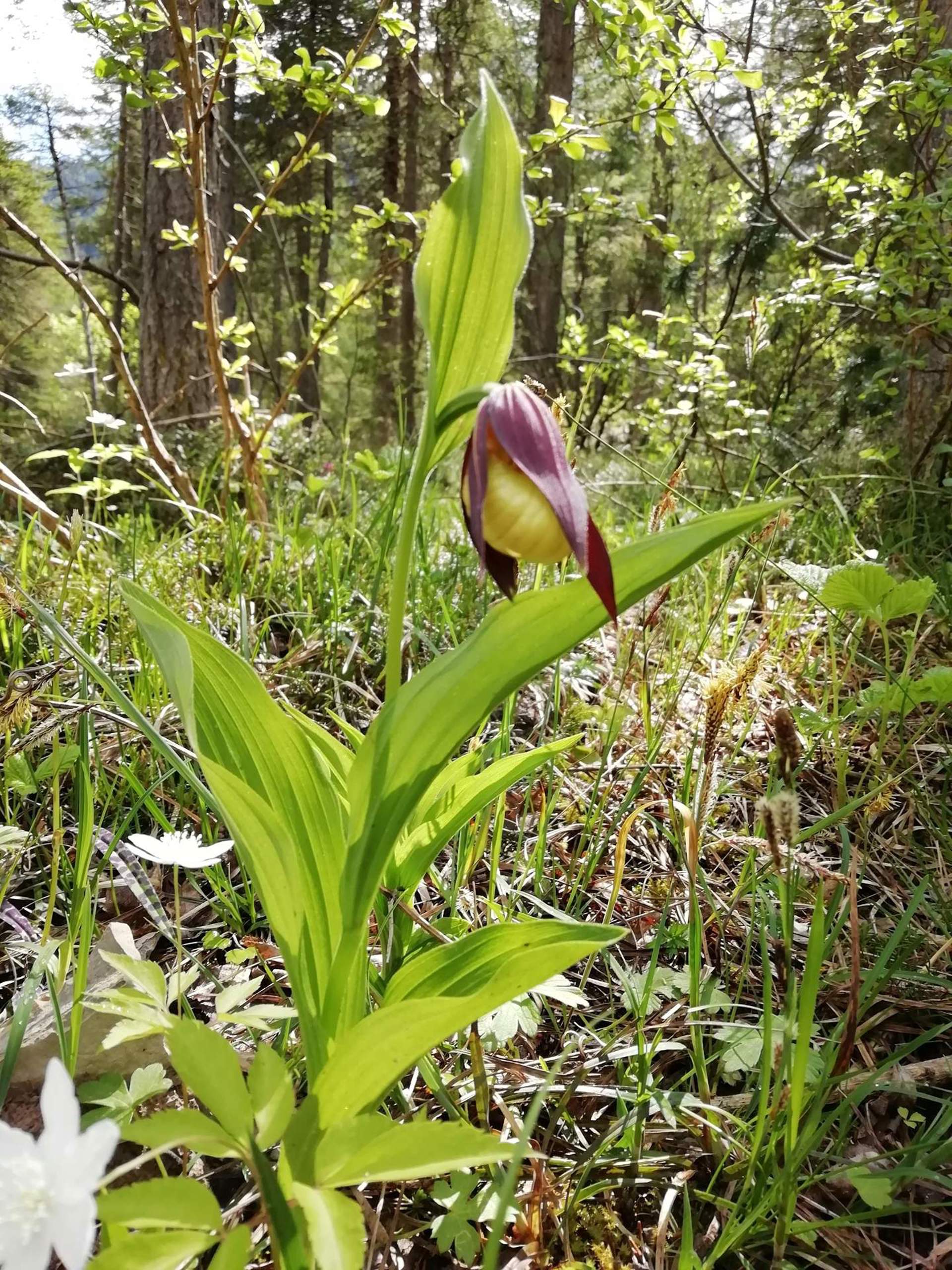
South Tyrolean wild orchid: Cypripedium calceolus
Internet ConsultingYellow lady's slipper (Cypripedium calceolus)
Last weekend was the first time this year that we saw a lady's slipper in the wild – i.e. not as a cultivated pot plant. In the Innerfeld valley we discovered the flower, which was not yet fully open, and of course took a photo of it straight away. Sometimes many flowers of this orchid grow close together – botanists refer to this as a clump. The yellow lady's slipper has the largest flower of all native orchid species and can grow up to 8 cm in size. Interesting fact: This striking orchid lives in symbiosis with a fungus.
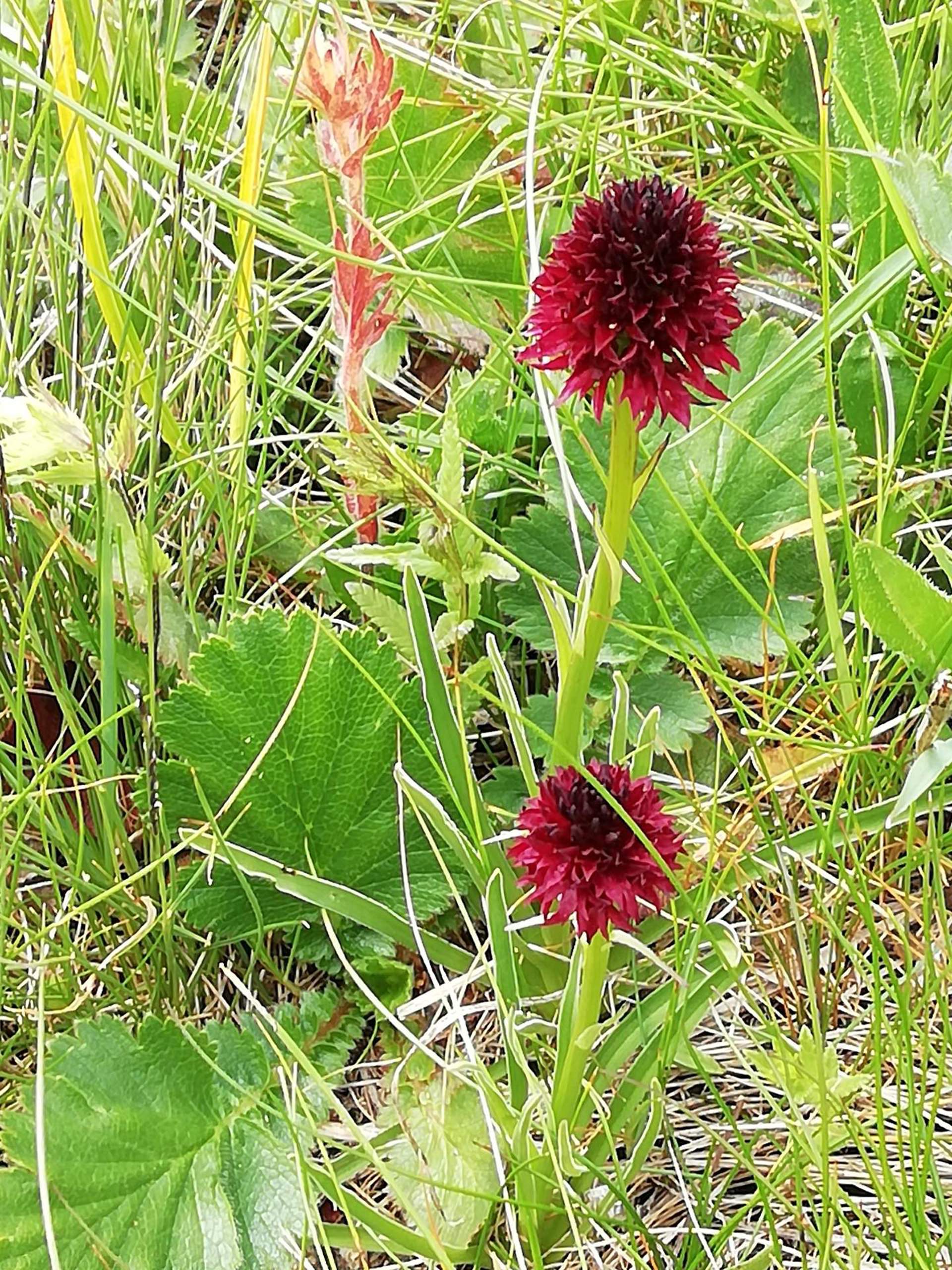
Nigritella/Kohlröschen, wild orchid growing in South Tyrol
Internet Consulting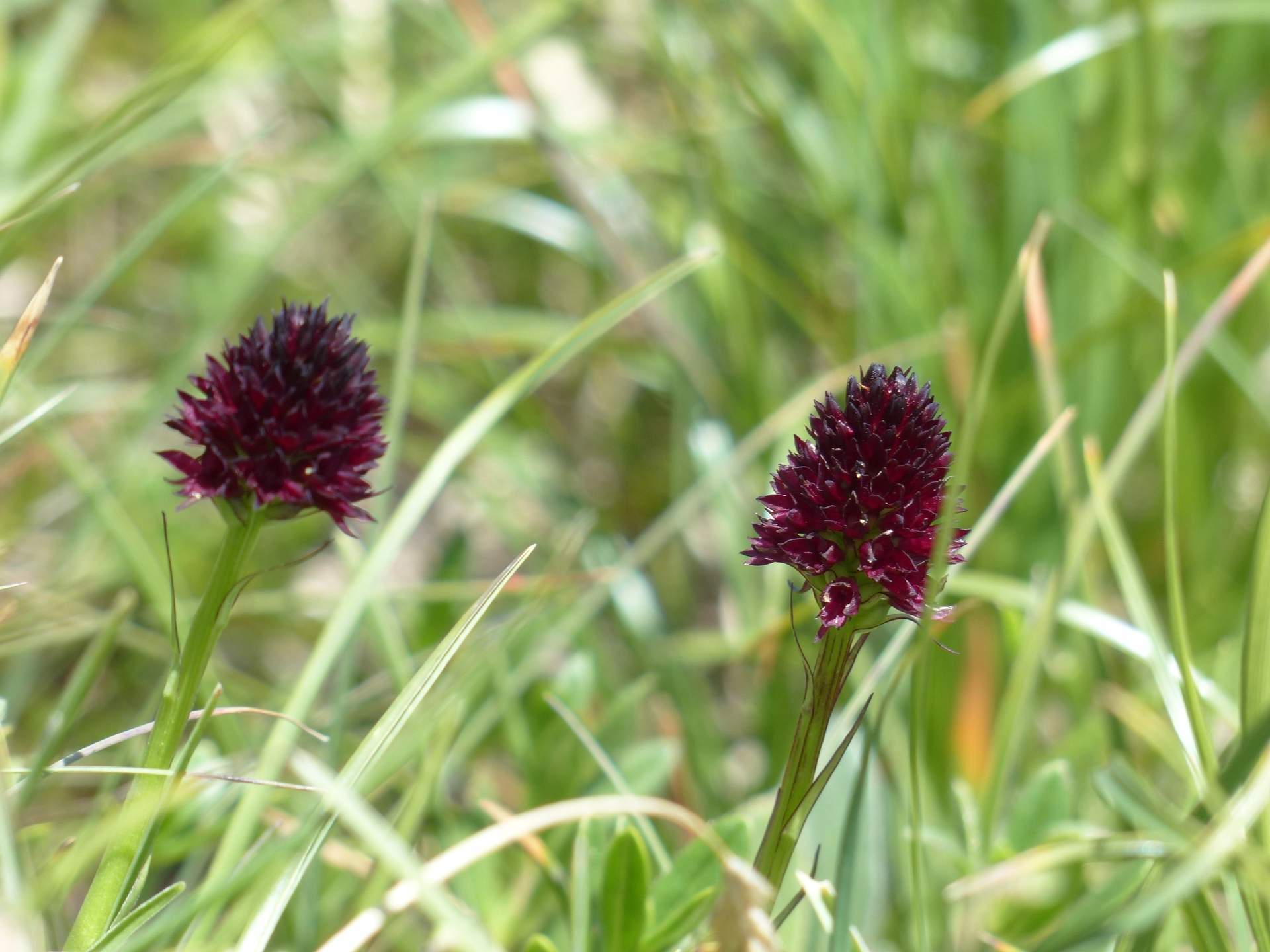
Kohlröschen - Nigritella
HansNigritella
We know of no other flower in the Alpine region that has so many different and expressive names in the vernacular: Brunelle, Blutströpfli, Sonnwendschöberl, Schwarzröserl, Schwarzbleaml, Vanilleblümli, Schokoladenblümli and many more. Some of these names refer to the dark red to brown-red colour, others to the intense vanilla scent of the plant. We have usually only come across isolated specimens of this endangered flower on hikes – if at all – but we saw a lot of cabbage roses above Zösen in July last year.
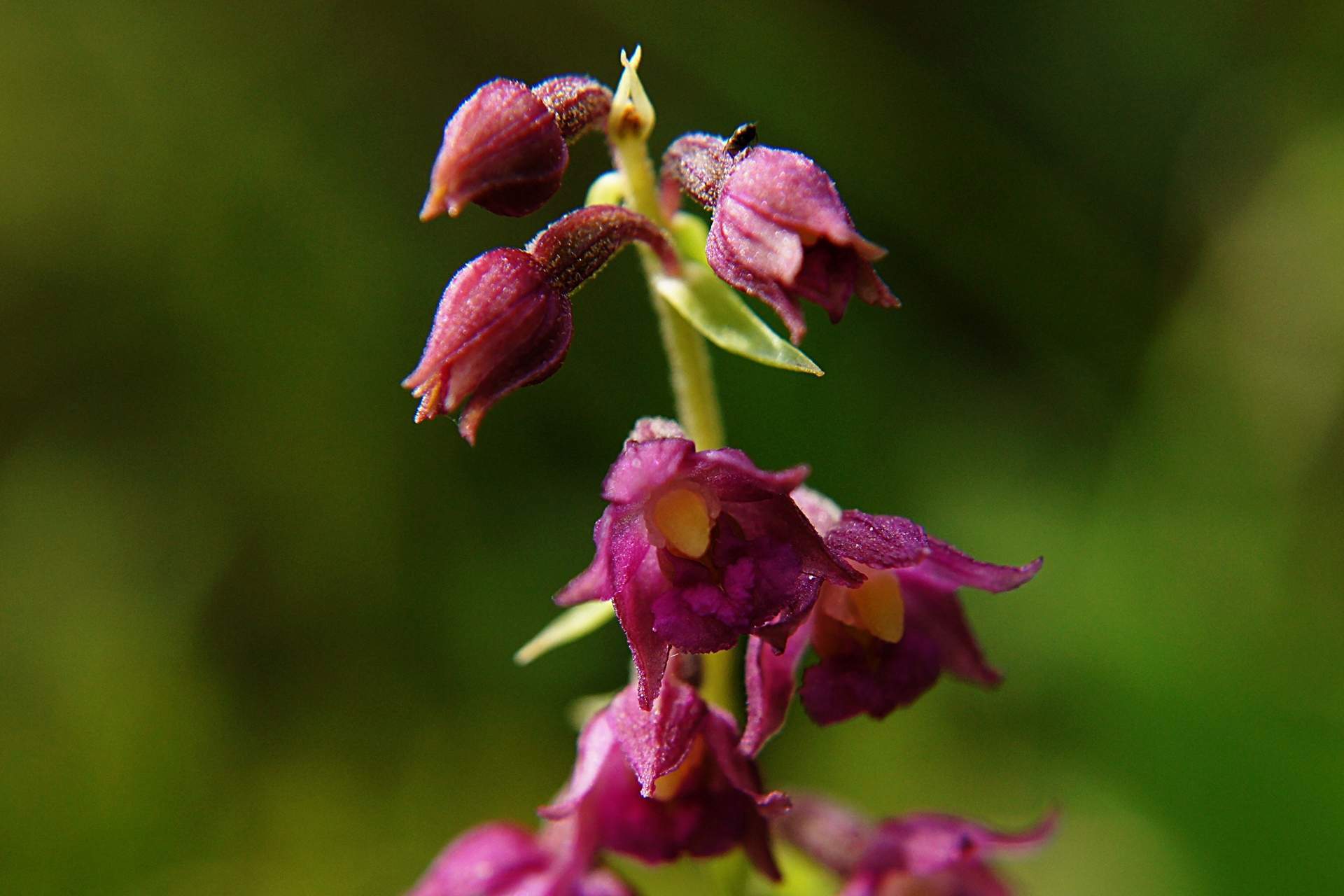
Epipactis atrorubens
LittleThoughtBrownish-red helleborine (Epipactis atrorubens)
In warm weather, it also enchants with its vanilla scent. Like all native orchids, it likes nutrient-poor soil. The brownish-red orchid is a pioneer plant, thrives even on very dry soils, and is not as rare as the yellow lady's slipper orchid.
With a bit of luck, you can also admire many other orchids on hikes in South Tyrol: Broad-leaved orchid (also known as broad-leaved foxglove), white buttercup, white (also known as two-leaved) wood hyacinth, long-leaved woodland bird's-foot trefoil, creeping netleaf, green hollow tongue and many more. Observant orchid lovers can make a variety of discoveries in the Armentara meadows, on the Plätzwiese meadow, above the Bletterbach gorge or on the Puflatsch when the orchids are in bloom.
The classification of orchids is not always completely standardised: for example, cabbage blossom is sometimes listed as a separate genus and sometimes categorised as a member of the Gymnadenia family. The common cabbage is seen either as a subspecies of the black cabbage or as a separate species. The world is complicated enough at the moment – we, as non-botanists, simply write about the common cabbage and hopefully won't enrage any orchid experts.
Finally, we would like to draw your attention to a great project by the South Tyrol Nature Museum: On the FlauraFaunaSüdtirol internet portal, you can search for selected plant and animal groups in South Tyrol. You can see the distribution of a species on the map and there is brief information with a photo of the plant or animal. In the case of orchids, the search works best if you enter the Latin name of the plant, as there are often several names or slightly different spellings for an orchid.



